欢迎访问启航彩网站!


常见问题
超声波清洗机的频率与功率选择要看哪些?
作者:admin来源:http://senfuai.com/时间:2023-06-10
一般的来讲,清洗五金、机械、汽摩、压缩机等行业的清洗多采用28KHZ频率的清洗机。光学光电子清洗、线路板清洗等多采用40KHZ的频率,高频超声清洗机适用于计算机,微电子元件的精细清洗,兆赫超声清洗适用于集成电路芯片、硅片
Generally speaking, cleaning machines with a frequency of 28KHZ are commonly used in industries such as hardware, machinery, automotive, and compressors. Optical optoelectronic cleaning, circuit board cleaning, etc. often use a frequency of 40KHZ. High frequency ultrasonic cleaning machines are suitable for fine cleaning of computers and microelectronic components, while megahertz ultrasonic cleaning is suitable for integrated circuit chips and silicon wafers
及波薄膜的清洗,能去除微米、亚微米级的污物而对清洗件没有任何损伤。而对于一些精密清洗(如液晶体、半导体等)的应用上,使用传统的频不但没法达到清洗的要求,而且还可能造成工件的损伤。典型的例子就是关于军用电子产品,行业
The cleaning of and wave thin films can remove micron and submicron scale dirt without any damage to the cleaned parts. For some precision cleaning applications (such as liquid crystals, semiconductors, etc.), using traditional frequencies not only fails to meet the cleaning requirements, but may also cause damage to the workpiece. The most typical example is about military electronic products, the industry
已明文规定不允许使用传统的频率(20~30KHz)的超声波清洗机。其实在一些欧美、日本等发达国家,已通过选用高频清洗机(80KHz或以上频率,有的已经达到200K或400K)使这个问题得到了解决。
It has been expressly stipulated that the traditional Ultrasonic cleaning with a frequency of 20~30KHz is not allowed to be used. In fact, in some developed countries such as Europe, America, and Japan, this problem has been solved by selecting high-frequency cleaning machines (with frequencies of 80KHz or above, some reaching 200K or 400K).
那么为什么高频清洗能避免对工件的损伤呢?大家都知道超声波清洗的基本原理是基于液体的空化效应。事实上空化效应的强度直接跟频率有关,频率越高,空化气泡越小,空化强度越弱,且其减弱的程度非常大。举例说,如将25KHz时的空化
So why can high-frequency cleaning avoid damage to the workpiece? Everyone knows that the basic principle of ultrasonic cleaning is based on the cavitation effect of liquids. In fact, the intensity of cavitation effect is directly related to frequency. The higher the frequency, the smaller the cavitation bubble, the weaker the cavitation intensity, and the degree of its weakening is very large. For example, if cavitation occurs at 25KHz
强度比作1,40KHz时的空化强度则为1/8,到了80KHz时,空化强度就降到0.02。所以如果频率选择正确,超声波损伤工件的问题就不存在了。


The intensity ratio is 1, and the cavitation intensity at 40KHz is 1/8. At 80KHz, the cavitation intensity drops to 0.02. So if the frequency is selected correctly, the problem of ultrasonic damage to the workpiece no longer exists.
由此可见,超声空化阀值和超声波的频率有密切关系,频率越高,空化阀越高。换句话说,频率低,空化越容易产生,而且在低频情况下液体受到的压缩和稀疏作用有更长的时间间隔,使气泡在崩溃前能生长到较大的尺寸,增高空化强度,有
It can be seen that there is a close relationship between the ultrasonic cavitation threshold and the frequency of the ultrasonic wave. The higher the frequency, the higher the cavitation valve. In other words, at low frequencies, cavitation is more likely to occur, and at low frequencies, the compression and sparsity effects on the liquid have a longer time interval, allowing the bubble to grow to a larger size before collapse, increasing the intensity of cavitation
利于清洗作用。所以低频超声波清洗适用于大部件表面或者污物和清洗件表面结合度高的场合。但易腐蚀清洗件表面,不适宜清洗表面光洁度高的部件,而且空化噪音大。40 KHZ左右的频率,在相同声强下,产生的空化泡数量比频率为20KHZ时多,穿透力较强,宜清洗表面形状复杂或有盲孔的工件,空化噪音较小,但空化强度较低,适合清洗污物与被清洗件表面结合力较弱的场合。
Beneficial for cleaning effect. So low-frequency ultrasonic cleaning is suitable for occasions where the surface of large components or the surface of dirt and cleaning parts have a high degree of adhesion. But the surface of easily corroded cleaning parts is not suitable for cleaning components with high surface finish, and there is also high cavitation noise. At a frequency of around 40 KHZ, under the same sound intensity, more cavitation bubbles are generated than at a frequency of 20 KHZ, with strong penetration. It is recommended to clean workpieces with complex surface shapes or blind holes. The cavitation noise is low, but the cavitation intensity is low, making it suitable for cleaning situations where the adhesion between dirt and the surface of the cleaned part is weak.
超声波功率的选择:
Selection of ultrasonic power:
当声强增加时,空化泡的大半径与起始半径的比值增大,空化强度增大,即声强愈高,空化愈强烈,有利于超声波清洗作用。但不是超声波声功率越大越好,声强过高,会产生大量无用的气泡,增加散射衰减,形成声屏障,同时声强增大也
When the sound intensity increases, the ratio of the maximum radius to the initial radius of the cavitation bubble increases, and the cavitation intensity increases. That is, the higher the sound intensity, the stronger the cavitation, which is conducive to the ultrasonic cleaning effect. But it's not that the higher the ultrasonic power, the better. If the sound intensity is too high, it will generate a large number of useless bubbles, increase scattering attenuation, and form a sound barrier. At the same time, the increase in sound intensity also
会增加非线性衰减,这样都会削弱远离声源地方的清洗效果。所以,超声波清洗的效果不一定于与所加功率和工作时间成正比,有时用小功率花费很长时间也没有清除污垢,而如果功率达到一定数值,则有可能很快将污垢去除。
It will increase nonlinear attenuation, which will weaken the cleaning effect away from the sound source. So, the effect of ultrasonic cleaning is not necessarily proportional to the applied power and working time. Sometimes, using low power takes a long time without removing dirt. However, if the power reaches a certain value, it is possible to quickly remove dirt.
若超声波功率太大, 这时液体中空化强度大大增加,较精密的零件将产生蚀点,水点腐蚀也增大,如果振动板表面已受到空化腐蚀,强功率下水底产生空化腐蚀更严重,使设备寿命降低,造成不必要的损失,同时清洗缸底部振动板空化也十分
If the ultrasonic power is too high, the cavitation intensity in the liquid will greatly increase, and more precise parts will produce corrosion points and water point corrosion will also increase. If the surface of the vibration plate has already been subjected to cavitation corrosion, the cavitation corrosion in the water bottom under high power will be more severe, reducing the service life of the equipment and causing unnecessary losses. At the same time, cleaning the cavitation of the vibration plate at the bottom of the cylinder is also very important
严重,使缸的寿命缩短。
Seriously, it shortens the service life of the cylinder.
但超声波清洗功率选择小了,花费很长时间也没有清除污垢,也是不可取的。常规的超声波清洗在工业当中,标准型超声波清洗机从100W至1500W不等,工件有多大,在考虑清洗节拍的前提下,由超声波清洗槽体的大小决定超声波的功率。鉴于 目前混响场声强测量的技术尚不够成熟,目前还是用单位面积上的功率来进行设计,一般一台标准超声清洗机输出功率密度
However, it is not advisable to choose a lower power for ultrasonic cleaning, which takes a long time and does not remove dirt. Conventional ultrasonic cleaning In industry, the standard Ultrasonic cleaning ranges from 100W to 1500W. The size of the workpiece determines the ultrasonic power by the size of the ultrasonic cleaning tank under the premise of considering the cleaning rhythm. Considering that the current technology for measuring sound intensity in reverberation fields is not yet mature, the design is still based on the power per unit area. Generally, a standard ultrasonic cleaning machine has an output power density
本文由多槽手动超声波清洗机友情奉献.更多有关的知识请点击: http://senfuai.com真诚的态度.为您提供为全面的服务.更多有关的知识我们将会陆续向大家奉献.敬请期待.
This article is dedicated by the multi slot manual Ultrasonic cleaning. For more information, please click: http://senfuai.com Sincere attitude. We will provide you with comprehensive services. We will gradually contribute more relevant knowledge to everyone. Stay tuned
 公司:启航彩
公司:启航彩  热线:18663767799
热线:18663767799 地址:山东省济南市济阳区创业路与启航街交叉口南40米
地址:山东省济南市济阳区创业路与启航街交叉口南40米




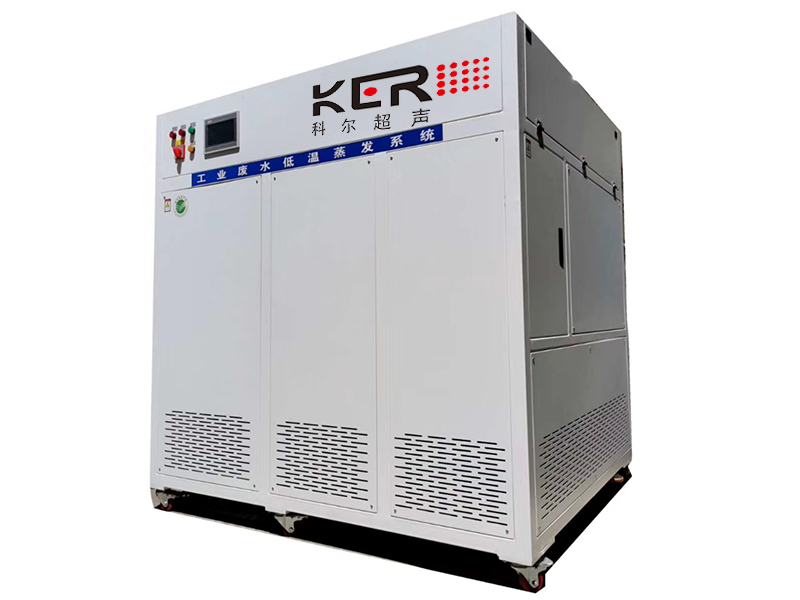
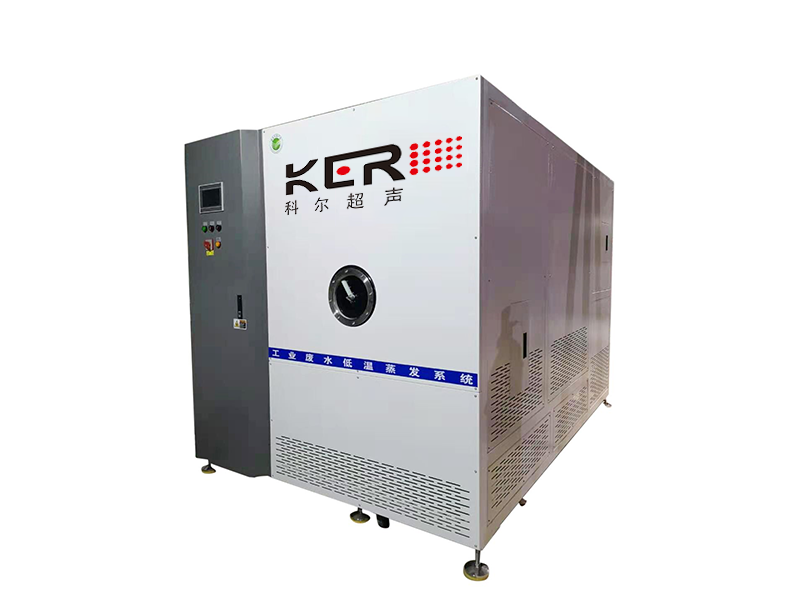
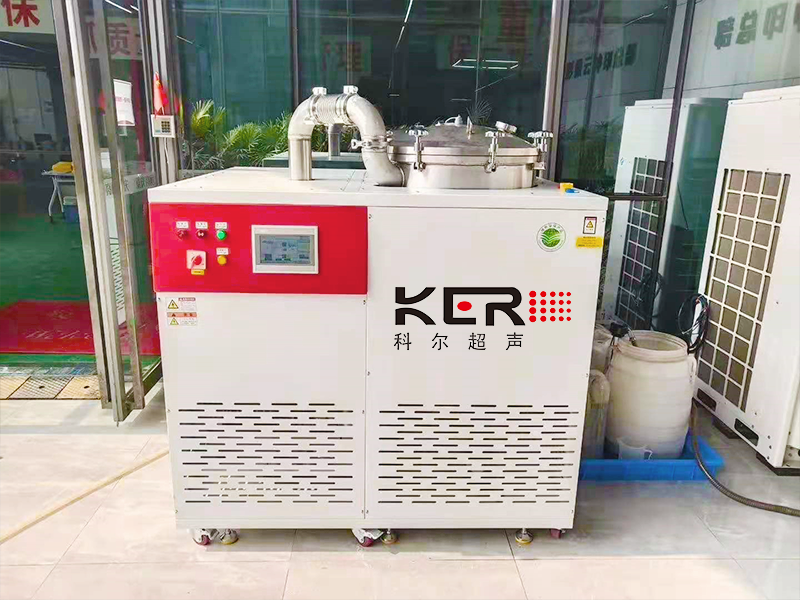
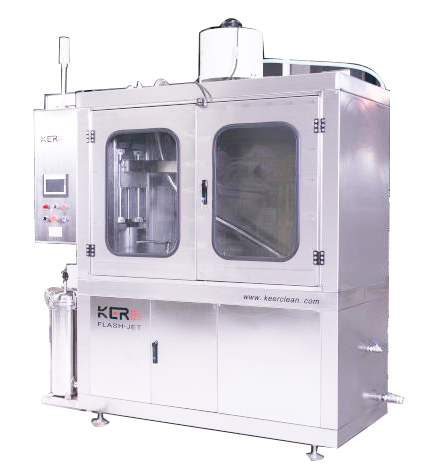
 常见问题
常见问题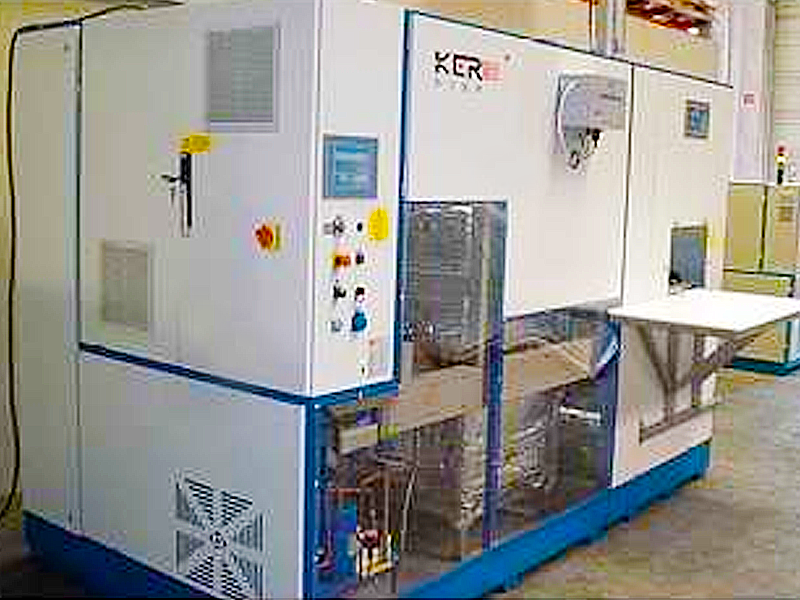
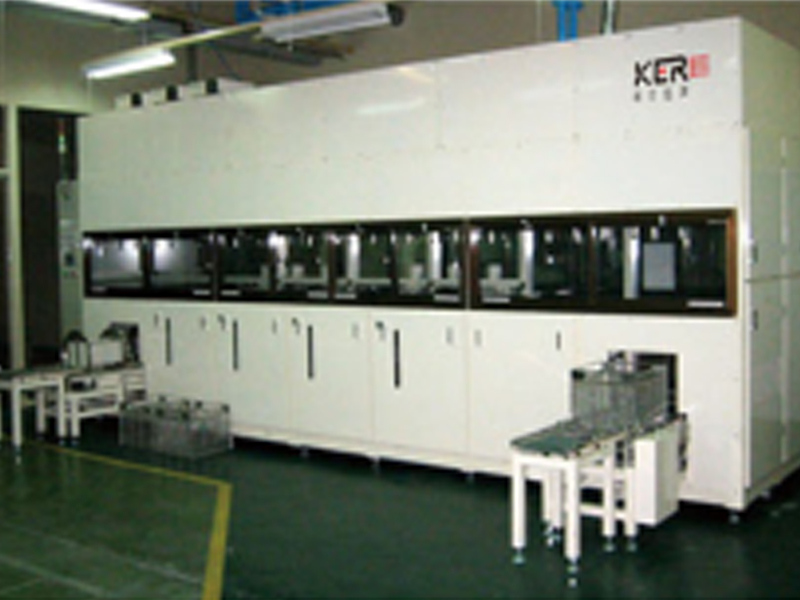
 联系我们
联系我们
 启航彩咨询电话:18663767799
启航彩咨询电话:18663767799 E-MAIL:jnkergs@163.com
E-MAIL:jnkergs@163.com 启航彩地址:山东省济南市济阳区创业路与启航街交叉口南40米
启航彩地址:山东省济南市济阳区创业路与启航街交叉口南40米 鲁公网安备 37011202001385号
鲁公网安备 37011202001385号
